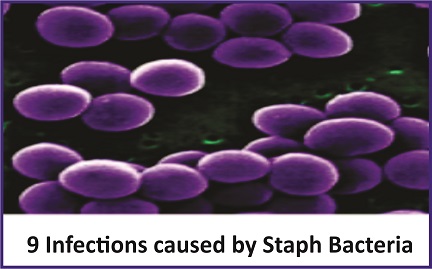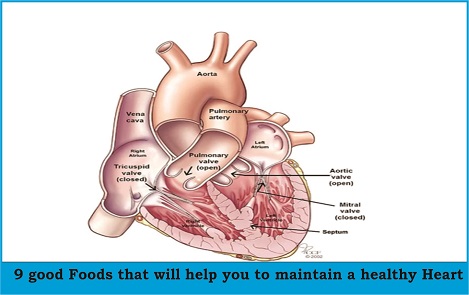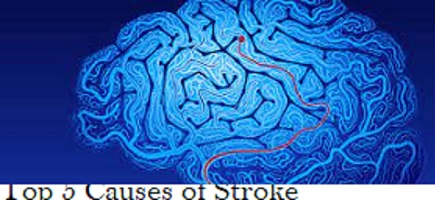9 Infections caused by Staph Bacteria
Here we will be discussing about 9 Infections caused by Staph Bacteria. Impetigo, Cellulitis etc are some of the Infections caused by Staph Bacteria. Please note better that Staphylococcus is not a disease entity, it is just a bacterium.
Infections caused by Staph Bacteria
- The most common type of staph infection is the boil, a pocket of pus that develops in a hair follicle or oil gland. The skin over the infected area usually becomes red and swollen.
- If a boil breaks open, it will probably drain pus. Boils occur most often under the arms or around the groin or buttocks.
- This contagious, often painful rash can be caused by staph bacteria. Impetigo usually features large blisters that may ooze fluid and develop a honey-colored crust.
- Cellulitis — an infection of the deeper layers of skin — causes skin redness and swelling on the surface of your skin. Sores or areas of oozing discharge may develop, too
- Staphylococcal scalded skin syndrome. Toxins produced as a result of a staph infection may lead to staphylococcal scalded skin syndrome. Affecting mostly babies and children, this condition features a fever, a rash and sometimes blisters. When the blisters break, the top layer of skin comes off — leaving a red, raw surface that looks like a burn.
- Septic Arthritis.Septic arthritis is often caused by a staph infection. The bacteria often target the knees, shoulders, hips, and fingers or toes. Signs and symptoms may include:Joint swelling, Severe pain in the affected joint and Fever
- Toxic shock syndrome (TSS):This life-threatening condition results from toxins produced by some strains of staph bacteria and has been linked to certain types of tampons, skin wounds and surgery.
- Food poisoning: Staph bacteria are one of the most common causes of food poisoning. Symptoms come on quickly, usually within hours of eating a contaminated food. It is characterised by nausea , vomiting, diarrhoea, dehydration , and abdominal cramps.
- Sepsis: Also known as a bloodstream infection or bacteremia. Sepsis occurs when staph bacteria enter a person’s bloodstream. A fever and low blood pressure are signs of bacteremia.






